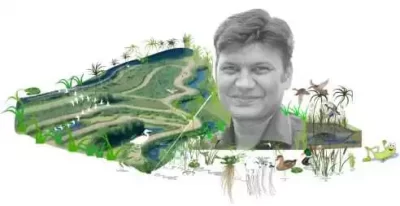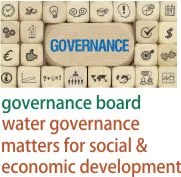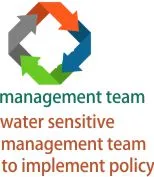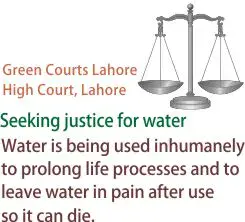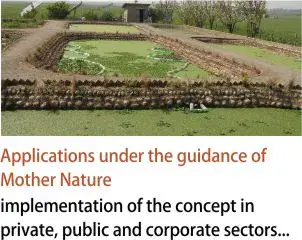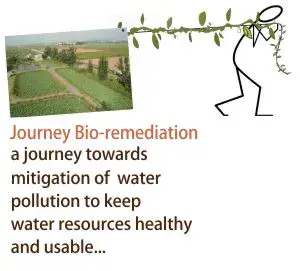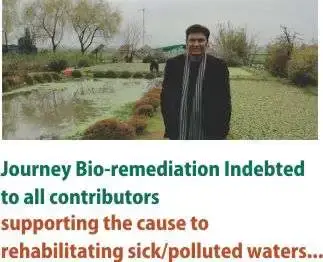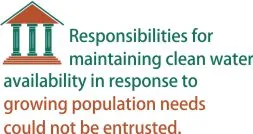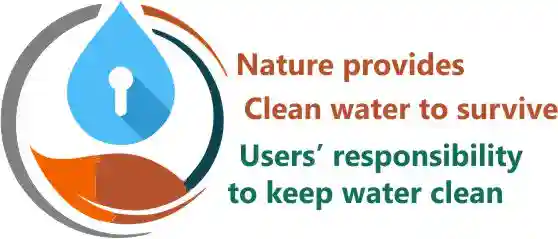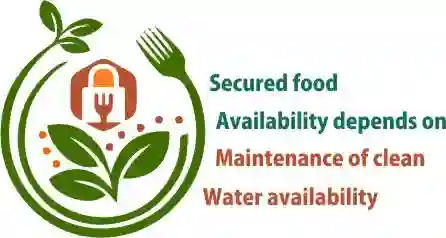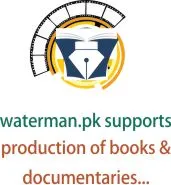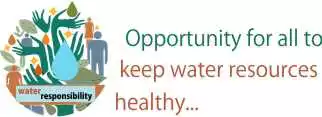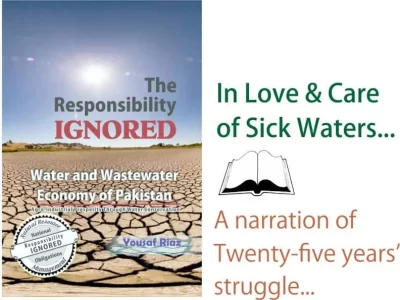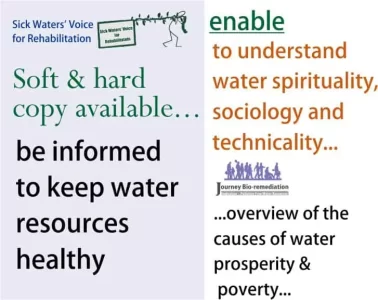

Political/Democratic Governance System
Care & Management of National Water Resources
Nations have unique turning points due to any incident or change in leadership to socio-economic rise among the world's nations. The two notable moments in Pakistan's water story were exceptional; one was 1947-1981 to be a water prosperous country, and the second point was 1981-2003, where Pakistan entered into water stress conditions. These two turning points could not be managed with so many warnings from national and international organizations. As a result, the third stage is ready to have absolute water scarcity in the next few years.
During the democratic governance the political people could not realize the importance of water conservation for social and economic development and only about 350 million cubic meters were stored for strategic use to enhance agricultural and industrial growth.
The water storage indicator shows the priority and concern of the governance and management to keep the people healthy by using clean water and to grow vegetable and other food products with safe water.
The system could not perform well to cater the existing and upcoming demand of clean water.
Political will and working
Terrorism, celebrity controversies and cricket wins rule Pakistan's headlines, but beneath all the commotion, the country is battling a severe problem – a massive water crisis receives minimal attention. (Gulf News) Generally, It is discussed that the subsequent wars will be for water. Pakistan is already a water-stressed country. Around per capita, water availability in Pakistan (2017-18) is around 865 cubic meters, likely to go down to 850 cubic meters in 2025, dropping from 5,000 cubic meters in 1951. Once a country had abundant water resources by the time it is in the process of entering into the conditions of severe water stress conditions due to political instability, governance deficiencies, technical gaps/non-seriousness, public disinformation, ignorance of national and warnings.
The heavy pressure of about 200 million people on neglected natural resources generates an accumulative negative impact on all national resources and more on water and human resources. The adverse effect is being expanded on a large scale by salinity, uncontrolled pollution, inadequate water levels and silt to sustain the delta. Groundwater is now being over exploited in many areas; the quality is deteriorating, yet tens of thousands of additional wells are being put into service every year. Flooding and drainage problems will worsen, especially in the lower Indus Basin, as silt builds up and narrow embankments force the rivers to flow within relatively few beds above the land level. Climate change is causing the glaciers of the Western Himalayas to melt and retreat. It is likely to exacerbate the already severe problems of flooding and draining during the following decades. When the glacial reservoirs are empty, there are likely to be dramatic decreases in river flows. The relevancy of freshwater abundance or shortage directly relates to the physical survival of all life forms and the economic and development activities. It has some geographical limitations in Pakistan's case, along with some governance issues and technical laxity.
Overview
...political Institutes' Planning & Performance to manage clean water resources as per the growing population's needs...
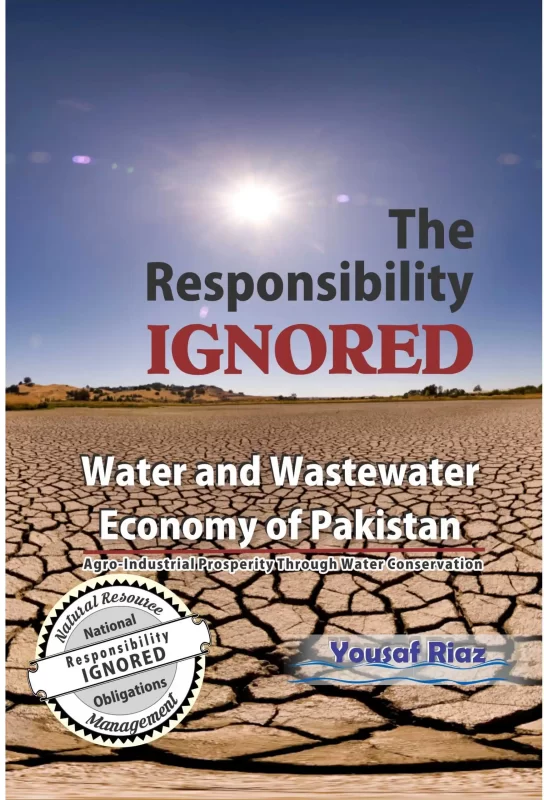
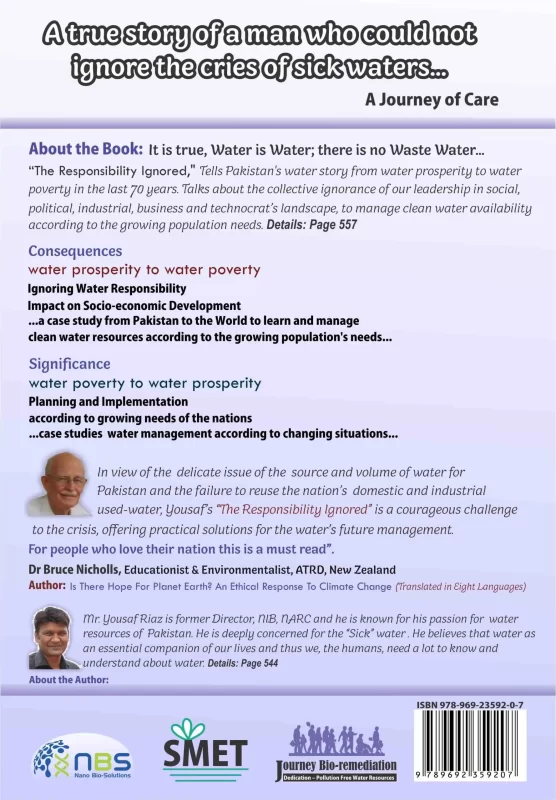
Brief introduction of the Chapter-4
Please wait while flipbook is loading. For more related info, FAQs and issues please refer to DearFlip WordPress Flipbook Plugin Help documentation.



